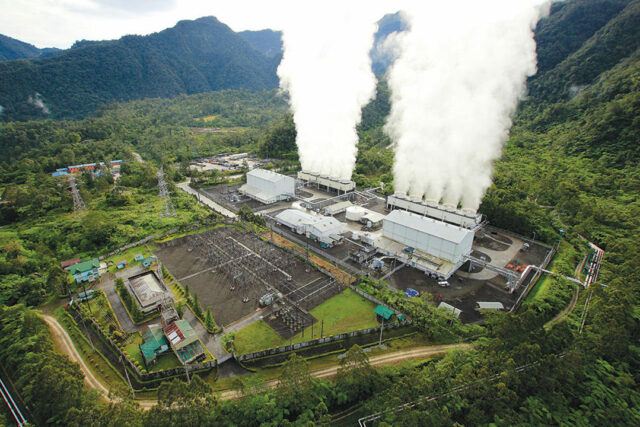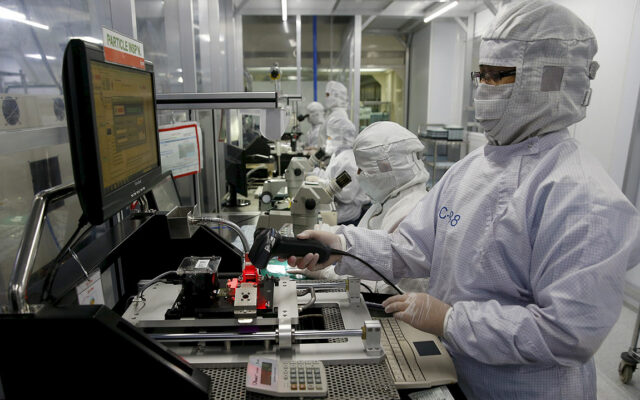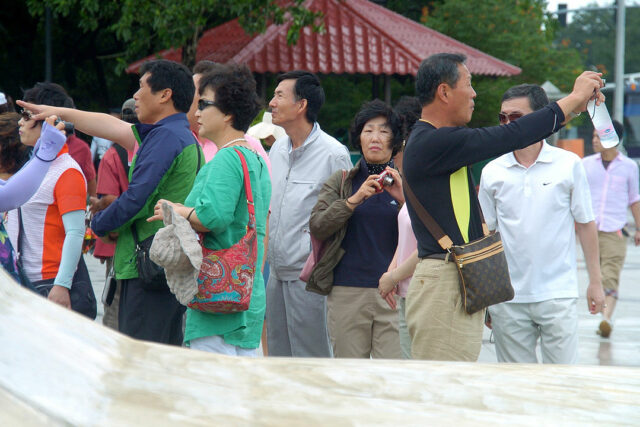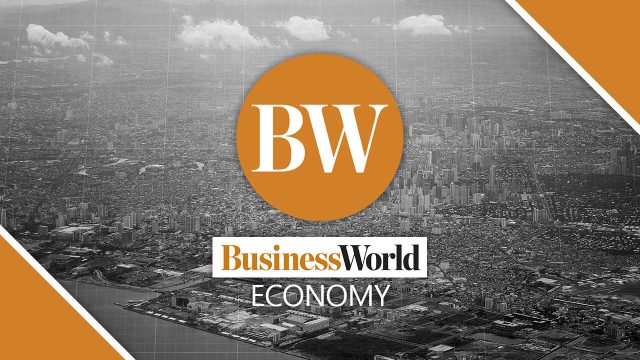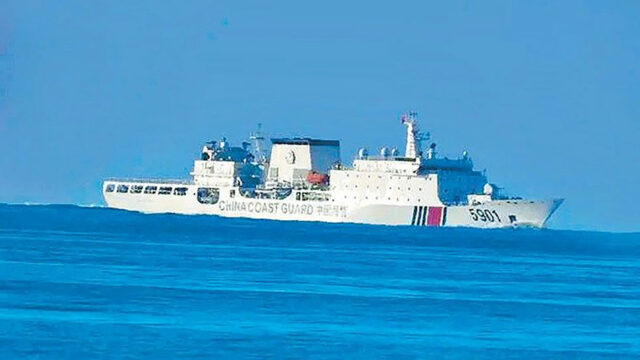IN BRIEF:
• Cost-cutting measures must not compromise customer experience (CX) as it is essential for driving growth.
• CX is not merely a component of business strategy; it is a critical determinant of success.
• Prioritizing CX significantly enhances sales and reduce costs, contrary to its traditional undervaluation in business priorities.
In the aftermath of the pandemic, numerous organizations have prioritized cost-cutting measures, often at the expense of customer experience (CX). It is imperative to recognize that such an approach can be counterproductive and potentially harmful. Some companies have turned to digitalization as a means to reduce costs, without fully considering their customers’ readiness for such changes. This oversight has led to increased expenses associated with managing customer complaints, including higher contact center and acquisition costs.
The financial impact of losing customers far exceeds the cost of acquiring new ones. Loyal customers are invaluable; they are more likely to forgive business shortcomings and continue to provide their support. On the other hand, dissatisfied customers can severely damage a business’s reputation, especially in the age of social media, where negative experiences can spread rapidly and widely.
As markets become increasingly competitive and consumer expectations rise, companies are realizing that delivering exceptional CX is not just an option but a crucial driver of organizational growth and sustainability. CX is not a piece of the puzzle — it is the frame within which organizations paint the picture of their story. This evolving perspective is prompting businesses to reassess their strategies, prioritizing customer satisfaction and engagement at the core of their operations.
The transformative power of CX goes beyond mere transactional interactions; it encompasses every touchpoint a customer has with a brand. Organizations that excel in CX recognize that it is a comprehensive philosophy requiring a holistic approach. This involves integrating cross-functional efforts to ensure a consistent and memorable experience across all customer interactions. They achieve this by elevating CX to a board-level priority, applying a human-centric approach to everything the business does, and measuring CX success and immediately acting on it.
ELEVATING CX TO A BOARD-LEVEL PRIORITY
To ensure that CX receives the strategic focus it deserves, it must be elevated to a board-level priority, ideally overseen by a chief customer experience officer (CXO). This approach ensures that CX is seamlessly integrated into the company’s operations and aligns with the envisioned customer journey.
Appointing a dedicated CXO or an equivalent leadership role that reports directly to the CEO demonstrates the company’s commitment to CX. This leadership position provides a clear vision and strategy for CX implementation, ensuring that initiatives receive the necessary resources and are embedded across all business functions. From product development to after-sales service, this integration fosters a cohesive and customer-centric organization.
Prioritizing CX at the highest levels of governance is essential for driving sustainable growth, enhancing customer loyalty, and maintaining a competitive edge in today’s dynamic market landscape.
APPLYING A HUMAN-CENTRIC APPROACH
Placing humans at the center of initiatives is paramount. For instance, a telecommunications company in the Philippines developed a people-first customer support initiative that became the blueprint for all transformations across the organization. This started with purpose discovery and activation. This initiative led to a significant increase in customer satisfaction, substantial growth in remote sales, and improved employee engagement, while also earning multiple industry awards.
By fostering an environment that values open feedback and supports change, organizations can create a CX that not only meets but exceeds customer expectations. This human-centric approach also empowers employees, providing them with the tools and autonomy to make decisions that enhance the customer experience, thereby driving organizational success.
• Discover and live out the organization’s purpose or aspirational reason for being
• Clearly define the organization’s CX aspiration
• Invest in knowing the customers, listening to them, and anticipating their needs
• Put humans at the center of transformation initiatives. Remember that technology is an enabler in delivering exceptional experiences
• Deliver what is promised to the customers and to management
• Do not forget the backend teams — they are as much as part of the experience as the front
• Take care of employees — they will go the extra mile to take care of customers and shareholders
MEASURING CX SUCCESS AND IMMEDIATELY ACTING
Metrics such as Net Promoter Score (NPS), Customer Satisfaction (CSAT), and Customer Effort Score are essential tools for measuring the impact of CX on both sales and costs. These metrics provide valuable insights into customer loyalty and satisfaction, allowing businesses to tailor their CX strategies for maximum effectiveness.
Beyond these metrics, companies are increasingly leveraging advanced analytics to proactively measure the impact of CX initiatives. By correlating these initiatives with key performance indicators such as sales growth and cost reduction, businesses can adopt a data-driven approach that continuously refines their CX programs. This approach not only demonstrates the tangible value of investing in customer experience but also ensures that CX strategies are aligned with broader business objectives.
To truly drive impactful change, it is crucial to delve deeply into customer feedback rather than merely concentrating on quantitative scores. The prevalent issue in many organizations today is the tendency to conduct numerous surveys, only to let the results sit idle. This often leads to neglecting the concerns of dissatisfied customers. Immediate and proactive action on these insights is essential for fostering customer loyalty and improving overall business performance.
This growing recognition of CX’s importance is sparking a renaissance in how businesses approach customer experience. There is a renewed focus on experience, personalization, and leveraging technology to meet and exceed customer expectations.
REAPING THE BENEFITS OF INVESTING IN CX
While traditional business components such as finance and sales have historically taken precedence, the reality is that CX is a powerful driver of both revenue and earnings before interest, taxes, depreciation and amortization. Organizations that previously relegated CX to the bottom of their priority list are now recognizing that the intangible benefits of customer satisfaction are, in fact, quantifiable. Increased patronage and reduced complaint handling costs are just a few of the measurable outcomes.
By aligning the organization’s ways of working with the desired customer journey, businesses can create a more intuitive and satisfying experience that not only meets but anticipates customer needs. This alignment fosters a virtuous cycle of engagement and profitability.
The challenge lies in balancing the need for fiscal prudence with the imperative to deliver exceptional CX. Companies that succeed in this balancing act are likely to be more competitive, with the advantage of a more loyal customer base and a more resilient business model.
CX is not merely a component of business strategy; it is a critical determinant of success. As businesses continue to navigate a rapidly changing landscape, those that place CX at the heart of their strategy will differentiate themselves from competitors and set new standards for customer engagement and satisfaction.
Customer experience is the key to differentiation and growth. Companies who invest in customer experience today will watch their business thrive tomorrow.
This article is for general information only and is not a substitute for professional advice where the facts and circumstances warrant. The views and opinion expressed above are those of the author and do not necessarily represent the views of SGV & Co.
Marnelli Eileen Javier Fullon is a business consulting partner of SGV & Co.

